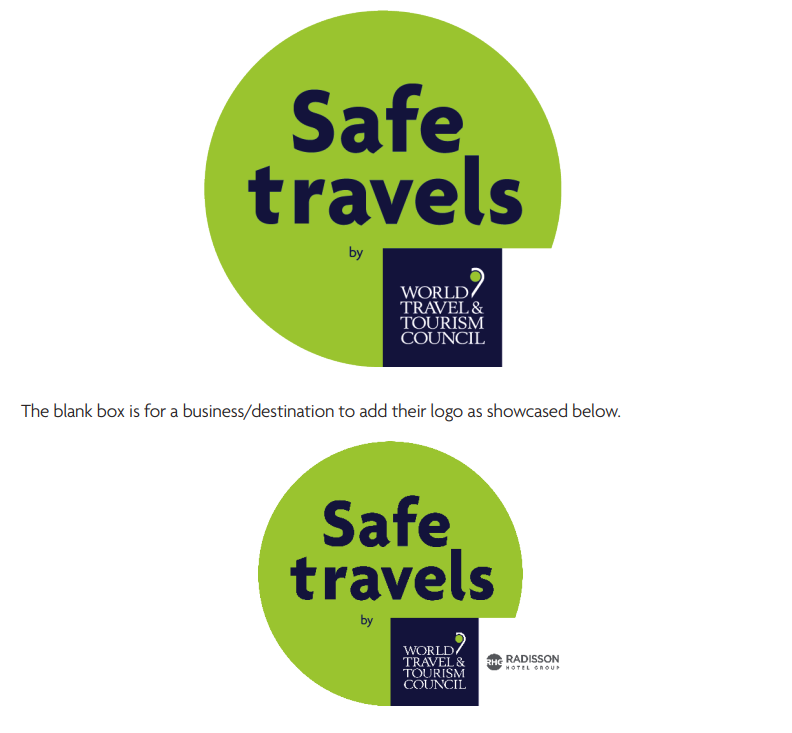 Travel and Tourism is an important part of the economy. According to the World Travel and Tourism Council (WTTC), in 2019, the sector contributed US$ 9.63 trillion (10.3%) to the global GDP, and 333 million jobs. This is sizeable in that about 1 in 10 jobs (333 million) are in Tourism.
Travel and Tourism is an important part of the economy. According to the World Travel and Tourism Council (WTTC), in 2019, the sector contributed US$ 9.63 trillion (10.3%) to the global GDP, and 333 million jobs. This is sizeable in that about 1 in 10 jobs (333 million) are in Tourism.
Philippine data is even more audacious. Nearly a quarter of the country’s GDP (22.5%) in 2019 is from Travel and Tourism. This is equivalent to Php 4.56 trillion or US$ 92.6 billion. Many Filipinos rely on Travel and Tourism for employment. About 9.5 million Filipinos are working in the sector.

The travel restrictions during the pandemic was thus a big blow to the sector. In 2020, Tourism’s contribution to global GDP dropped by 50.4% to about US$4.8 trillion. In the same year, global tourism jobs dropped by 18%.
Again, much worse was experienced in the Philippines. The sector shrunk by 80.7% because of the stringent lockdowns in 2020, and lost 31.7% of the jobs provided by the sector.
Recovery was observed in 2021- as the Covid-19 virus were contained in many places, thanks to the availability of vaccines. Globally, there was a 21.7% increase in Travel’s contribution to GDP and 6.7% increase in employment that year. While in the Philippines, the gradual opening of borders and the locals’ enthusiasm to explore or just unwind as the number of cases were controlled pushed the figures to a brighter spot. Though Tourism has not regained the 2019 statistics and fully recovered from the pandemic dip, the 129% increase in Tourism’s contribution to Philippine GDP in 2021 was an astounding achievement. The 20.5% increase in employment in the same year was also a welcome respite from the gloom of the previous year.
The entire Travel and Tourism ecosystem was affected by the drab brought by the pandemic. WTTC estimates that 8 out 10 of all global businesses in the sector were severely distressed. Government and non-government support were particularly helpful in the sector’s revival.
Various measures were put in place to secure safe travel. Most astounding was the establishment of the Safe Travel Stamps which established standard recovery protocols. The protocols are cognizant of World Health Organization (WHO), the United States Centers for Disease Control and Prevention (CDC) and the Institution of Occupational Safety and Health (IOSH) guidelines. Though it is recognized that nothing is foolproof, the stamp is hoped to assuage fears and anxieties of travelers, business owners and workers.

Businesses apply for the stamp once they have implemented the required health and hygiene protocols. The protocols are continuously updated as new information about Covid-19 becomes available. There are currently nine (9) industry protocols. These industries include:
- Hospitality
- Outdoor Retail
- Aviation
- Airports
- Tour Operators
- Short-term rental industry
- Attractions
- Car Rental
- Convention centers, meetings, and events
The protocols for the insurance and cruise industry are currently under development. The safe travel protocol has four pillars, namely:
- Operational and Staff preparedness
- Ensuring a safe experience
- Rebuilding trust and confidence
- Implementing enabling policies
The Safe Travel Stamp is given to Safe Travel Protocols-compliant enterprises. Though not a certification, the stamp allows stakeholders to recognize destinations which have health and hygiene protocols that are aligned and on-going compliance with the WTTC’s Safe Travels Protocol.
In the Philippines, the Department of Tourism administers the application for the Safe Travels Stamp. Applications are open to all DOT-accredited accommodation establishments and tourism destinations that are open to local tourists.
References:
#safetravels: Global Protocols & Stamp for the new normal: World travel & tourism council (WTTC). World Travel & Tourism Council. (n.d.). Retrieved May 19, 2022, from https://wttc.org/COVID-19/SafeTravels-Global-Protocols-Stamp
DOT urges for more WTTC Safe Travels Stamp applications. Department of Tourism-Philippines. (2021, March 1). Retrieved May 18, 2022, from http://www.tourism.gov.ph/news_features/DOTreceivesSafeTravelStamp.aspx
Jus, N., & Misrahi, T., et. al. (2021). (publication). Travel and Tourism Economic Impact 2021: Global Economic Impact & Trends 2021. World Travel and Tourism Council.
Safe travels stamp. Tourism Industry Association of Ontario. (2022, March 16). Retrieved May 19, 2022, from https://www.tiaontario.ca/cpages/safetravelsstamp
‘Safe Travels’: Global Protocols and Stamp. World Travel and Tourism Council. (n.d.). Retrieved May 19, 2022, from https://wttc.org/Portals/0/Documents/SafeTravels%20Documents/WTTC%20Safe%20Travels%20Stamp%20Guide.pdf?ver=2021-02-25-203248-887
Talavera, C. (2020, September 20). Philippines gets safe travels stamp from tourism body. Philstar.com. Retrieved May 18, 2022, from https://www.philstar.com/headlines/2020/09/21/2043941/philippines-gets-safe-travels-stamp-tourism-body
Travel & Tourism Economic Impact Reports. World Travel & Tourism Council. (2022, April 21). Retrieved April 29, 2022, from https://wttc.org/Research/Economic-Impact
World Travel and Tourism Council. (2020). Safe Travels Stamp Guidelines. WTTC.
World Travel and Tourism Council. (2021, June 2). WTTC Research reveals Travel & Tourism sector’s contribution to the Philippine GDP dropped by $37 billion in 2020. Retrieved April 28, 2022, from https://wttc.org/News-Article/Travel-Tourism-sectors-contribution-to-the-Philippines-GDP-dropped-by-37-billion-in-2020.
Disclaimer Regarding Accuracy of Information and Usage of Data Visitors and users of the UP ISSI website are advised that information contained within the website is assumed to be accurate. However, errors can occur even with computer-generated information. UP ISSI makes no representation regarding the completeness, accuracy, or timeliness of such information and data, or that such information and data will be error-free. Visitors are encouraged to review the official version of all documents on which they plan to rely on.